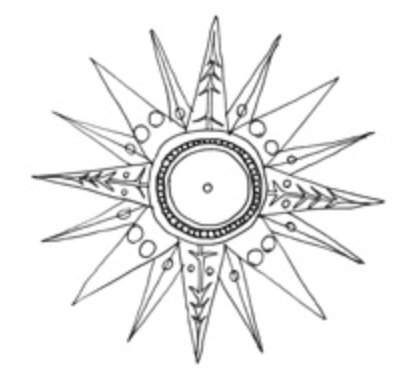*For a simple and efficient tool to help you find harmonics and multiphonics, download the new CELLO MAP APP
This section provides some video examples that demonstrate the scope/flexibility of multiphonics. These effects often have a noisy, distorted or inconsistent character and some are at the borders of reliable reproduction in a score. Their reliability, and the invention of further techniques are future challenges.
Pizzicato Multiphonics
The following Pizzicato multiphonics are demonstrated:
IV [4+11+7+3], III [6+11+5], II [3+8+13+5], I [7+10+13+3]
The open string is much more present in the sound than for bowed multiphonics. The mid-high harmonics are weak; harmonics above the 10th seem to be inaudible. The multiphonic effect is notably more pronounced on the lower strings.
Variation in Loudness of multiphonics
Some simple crescendo and diminuendo patterns, with accents are shown for the following multiphonics:
IV [3+8+13+5], III [3+11+8], II [4+11+7+3], I [7+10+13+3]
Under high bow pressure the multiphonics have a distorted sound and the harmonic components are hard to distinguish. Fairly quiet sounds are possible, but occasionally exclude some of the lower harmonic components.
Artificial Multiphonics
I show two examples of artificial multiphonics, firstly IV [6+11+5] stopping a D one tone above the open C-string, and secondly III [7+10+13+3] stopping a D-flat a tritone above the open G-string. As with the multiphonics videos above, I firstly play the contributing harmonics in isolation so they are easier to distinguish from the subsequent multiphonic chord. Artificial multiphonics on the upper strings are more difficult to sustain but I expect they could function well with practice.
Artificial Multiphonics with Glissandi
The same artificial multiphonics are played with glissandi. It is difficult to sustain a consistent multiphonic effect, but reliability improves with practice.
Transitions between Harmonics and Multiphonics
I show the following transitions between multiphonics and one of their harmonic components:
IV [7+10+13+3] starting on the 13th harmonic
III [4+11+7+3] starting on the 4th harmonic
II [5+9+13+4] starting and ending on the 4th harmonic
I [3+8+13+5] starting on the 3rd and ending on the 5th harmonic
It is sometimes necessary to adjust the LH finger position during the transition because the ideal finger position for a multiphonic can be quite far from the ideal finger position of one of its harmonic components, especially the lower harmonic components (i.e., 3, 4 and 5). This is quite clearly visible from the examples on the G, D and A strings.
Double Stopped Multiphonics
In general, it is quite problematic to play multiphonics simultaneously on two strings. This is because the bow position and speed are very specific in the case of multiphonics; slight alterations cause them to ‘break up’ into single harmonics. The most reliable way of double stopping multiphonics is to chose two multiphonics that are in parallel positions on two strings. Here I show a chain of double stops from IV to I to IV at the multiphonic position M [3+8+13+5]. The sound is distorted and difficult to sustain consistently.


